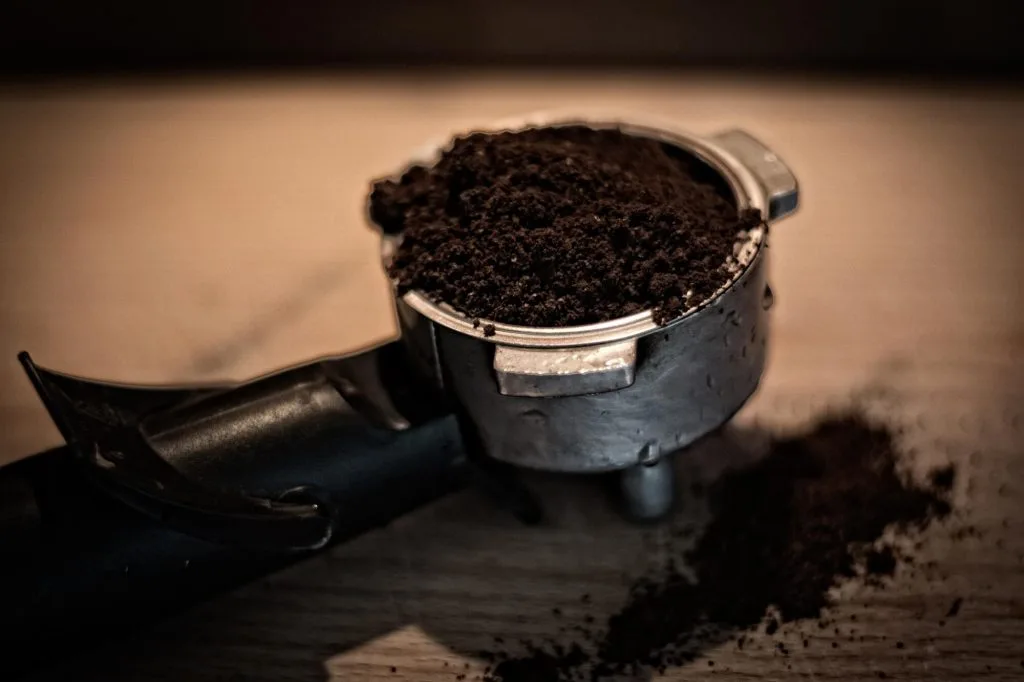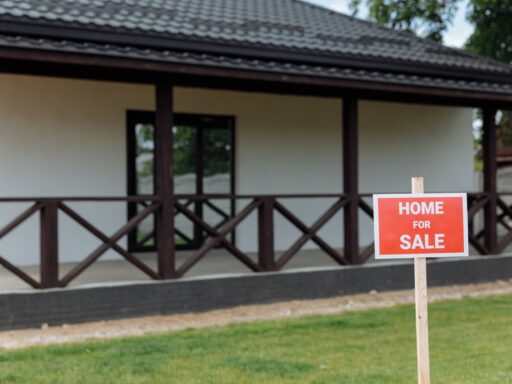Are you a big coffee lover? Did you recently switch from the sweetness of instant coffee to the genuine aroma of fresh ground coffee beans? People’s love for coffee has never been stronger.
About 64% of American adults drink coffee every day. They consume a total of 400 million cups daily. Interestingly, 79% of Americans prepare their coffee at home.
If you wish to enjoy fresh coffee indoors, you need to learn how to grind your coffee beans the right way. What if you don’t have any coffee bean grinder at home?
Continue reading below for a detailed guide on how to grind beans at home.
With Your Food Processor
America’s love story with coffee continues even with the pandemic. Coffee remains to be the nation’s favorite beverage, as more people consume it at home today more than ever. The question now is how do you turn your ground coffee beans into an aromatic drink if you don’t have a coffee grinder?
One of the best alternatives you have in your kitchen is your food processor. Though it may not yield the same results as a coffee grinder, it will be enough to satisfy your cravings for caffeine. Also, you will need to use more beans due to the wide circumference of a food processor.
The rule of thumb when using food processors for grinding is to double the number of coffee beans to grind. Begin by pouring the number of beans you want. Ideally, ½ to 1 cup of coffee beans should do the trick.
Seal the lid as firmly as possible. Select the pulse setting of your processor and start grinding. You want to use time limits of 3 to 5 seconds when grinding.
Keep on repeating the process until you achieve the consistency you want. Make sure to complete the grinding in 30 seconds.
Also, don’t forget to clean your processor after grinding. A coffee grinder brush is one of the best tools you want to have for cleaning your mess after grinding.
Using That Trusty Blender
Your blender is another excellent bean grinder you can find in the kitchen. Compared to the food processor, the blender can give you better consistency in your grind.
Check your blender if it comes with a “grind” option. If so, use that setting to grind your beans. If there is none, choose the “pulse” setting.
However, you need to pay attention to the grinding process. The problem with blenders is that they generate heat during the grinding process. This means too much of this heat can burn and “cook” your beans.
To avoid this, you need to complete the grinding process in 20 seconds. If you need to go beyond that, your maximum should be 30 seconds.
Begin the process by selecting the “grind” setting or “medium-high.” Transfer the number of coffee beans into the blender. The ideal amount is around ¼ cup to ½ cup of beans.
Replace the lid and shut it firmly in place. Use the pulse setting and start grinding. Like with the food processor, you want to stick to the 3 to 5-second time limits for grinding.
Repeat the process about six times within 20 to 30 seconds.
The Garlic Press Route
If you don’t have a blender or a food processor, your garlic press or hand mincer should do. The idea behind these grinding tools is to firmly squeeze the beans in the spot where you mince your meat and garlic.
However, there is a caveat to using the garlic press. Because the tool comes with large holes, you will likely get bigger coarse grounds. If that doesn’t sit well with you, you may need to do a second round of grinding to get a finer consistency.
Meanwhile, the hand mincer only lets you grind a small amount at a time. Also, you may need a second or third round to achieve the consistency that you want.
Start by placing a small number of coffee beans into the mincer or garlic press. Squeeze the tool as firmly as you can. You want to see all the remnants of the beans passing through the holes.
Repeat the process at least two times continuously.
The Way of the Rolling Pin
Another manual tool worth considering is the rolling pin. This is also a perfect option for making French press coffee, which tastes better with coarser grounds. If there is a downside to this method, it is quite tiring.
Begin by transferring your coffee beans inside a Ziploc bag. You want to release the air inside the bag to keep it from popping as you roll the pin.
Next, begin crushing the beans by rolling your pin like you would a hammer. Drive the rolling pin over the bag with the right amount of pressure. Collect the remnants from the side and move them back to the center.
Keep on hammering until your reach the consistency that you want. To maximize your efforts, grind as many coffee beans as you want and store them inside your freezer. This way, you can enjoy your coffee over the next month or so.
Mortar and Pestle Works
Another labor-intensive option is the mortar and pestle route. It also takes a lot of time considering the small number of beans you can place inside the mortar. However, the method will give you finer results compared to what the rolling pin yields.
Begin by filing up your mortar until the coffee beans reach ¼ of the mortar’s capacity. If you have a large mortar, filling it up to 1/3 should be good.
Using your dominant hand, take the pestle and force it down to the beans. Make sure to secure the mortar with your other hand while hammering the beans. After several hammering strikes, transition to a swirling motion.
After crushing the beans, circle your pestle against them for a finer consistency. In case you wish to grind more, remove all the grounds from the first batch before repeating the process.
Hammer Down Your Fresh Ground Coffee
Last but not least, you can use a hammer to make fresh ground coffee. The good thing about this method is you get to save a lot of time.
Like with the rolling pin method, place your beans inside a Ziploc bag. Begin crushing the beans using your hammer. You want to press down the hammer against the beans the same way you did with the rolling pin.
Never strike the beans the way you would a nail. Keep on moving the crushed beans to the other side of the bag as you continue hammering. This will result in a finer consistency.
The Different Grind Types
If you wish to grind coffee at home, you need to learn about the different grind types. First on the list are the extra coarse grounds. This type of grind is similar to the way peppercorns look.
It is also the grind that you want for making cold brews. Another popular type is the coarse ground. Its consistency is similar to that of sea salt. It also works best for making French press coffee.
Meanwhile, medium grounds are what you want for drip coffee. Have it a little finer to get a medium-fine consistency. This one is excellent for siphon and pour-over coffees.
In case you’re looking to have your espresso shots, the fine ground is what you need. Lastly, you can turn your fine ground into the super-fine ground to make Turkish coffee.
The Value of the Grind Size
Lastly, you need to learn the value of having the right grind size. Thankfully, some rules will guide you along the way. For starters, the finder grinds you have, the stronger your cup of coffee will be.
Thus, don’t finely grind your coffee if you wish to enjoy a French press. This will only result in the beans being over-extracted and dense. In turn, you will be extra hyper even before lunchtime arrives.
On the flip side, the coarser your grind is, the longer the extraction time will be. This can be tricky, especially when making certain types of coffee drinks.
For example, you should have extra coarse grounds to make your cold brew. Thus, you will need about 12 hours to achieve that perfect taste and balance.
On the other hand, an espresso needs extra fine ground beans. You can only make that perfect espresso shot in a 20 to 30-second window.
Last but not least, you need to be aware of different brewing variables that affect the grind size. Some of the most important ones include the type of coffee beans you have and the method of brewing. The same thing goes for the pressure and water temperature you’re using.
Learn to Make Other Beverages at Home
Now that you know how to make fresh ground coffee at home, you can enjoy coffee anytime and enjoy its different health benefits. Even if you don’t have a coffee grinder, grinding beans will no longer be a worry. If you want to expand your beverage repertoire, there are plenty of options available.
Check out our other articles and blog posts. Learn to make different kinds of beverages in the comfort of your home.







